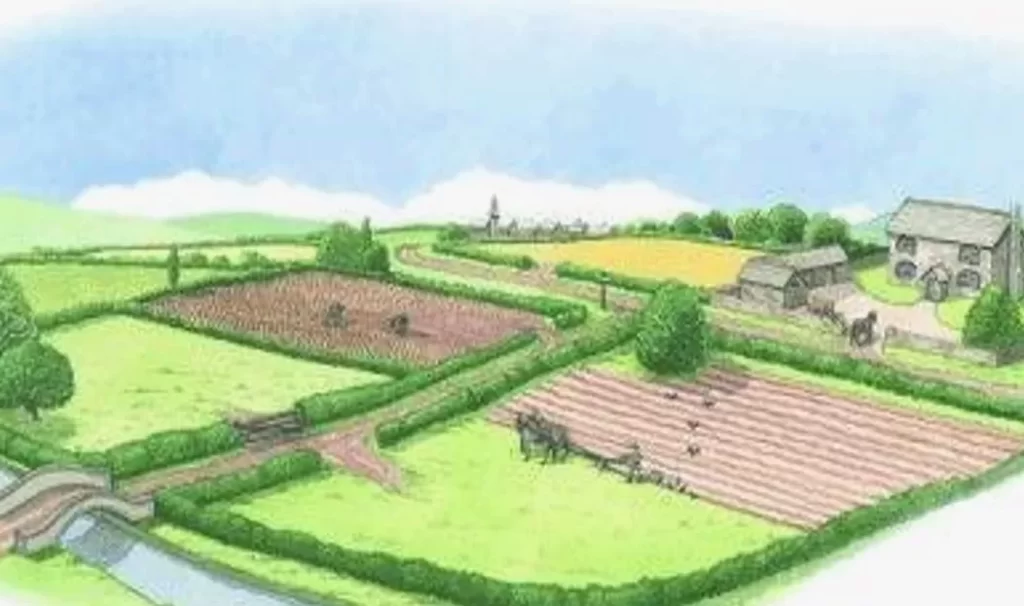The Enclosure Movement Provided The British Manufacturers With A Perennial Source of – Enclosure was the process by which the yeoman farmer was dispossessed of his land and became a wage laborer on the land of the new landlords.
This process began in England in the 16th century and reached its height in the 18th and early 19th centuries. The effects of enclosure were far-reaching.
The rural poor were driven from their homes and forced to move to the cities to find work.
This, in turn, led to the growth of cities and an increase in manufacturing as factories were built to accommodate the influx of workers
The enclosure movement had a profound impact on British society and was one of the most important factors in the Industrial Revolution
In this blog post, we will explore the origins of enclosure, its effects on British society, and how it led to the rise of industry.
The Enclosure Movement Provided The British Manufacturers With A Perennial Source of
The enclosure movement was a period of time in which agricultural land in England was consolidated and fenced off by private landowners.

This process created a class of landless laborers who were forced to seek work in the new industrial towns and cities.
The enclosure movement provided the British manufacturers with a perennial source of cheap labor.
How enclosure movement took place?
The Enclosure Movement was a series of Acts of Parliament that were passed in England between 1709 and 1845.
They resulted in the privatisation of common land, which had previously been communally owned by the people who lived on and worked it.
This process of enclosure changed the rural landscape and had a profound impact on the lives of those who were displaced from their homes and livelihoods.
The Enclosure Movement began as a way to improve agricultural efficiency, but it quickly became clear that there was money to be made from privatising common land.
Large landowners began buying up small parcels of land, consolidating them into larger estates.
This process accelerated during the Industrial Revolution, as manufacturers needed more land to build factories and houses for their workers.
The Enclosure Acts allowed them to buy up large tracts of land, often at very low prices.
- The Forgotten Love Novel Julia And Robert Read Online PDF
- Navneet 21 Set for SSC 2022 PDF Download
- What is The First Computer Virus in The Philippines?
- Verna Sue White Crime Scene Photos